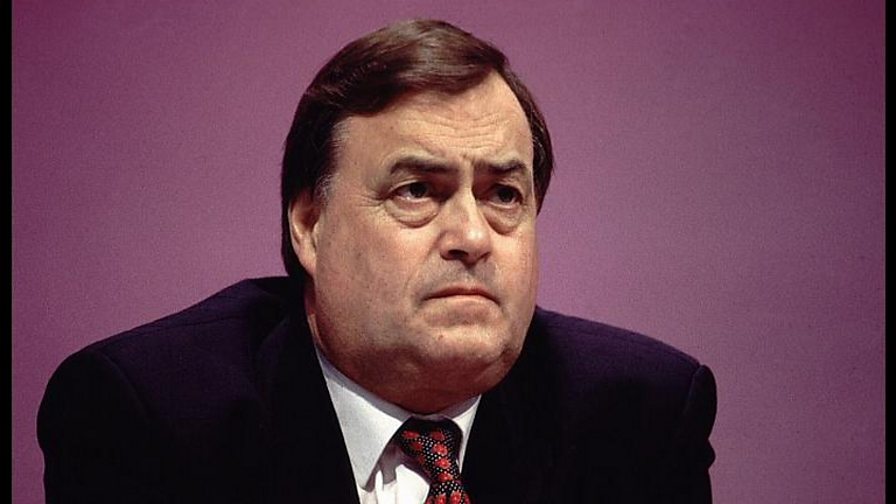
The new edition of his book expands on the original, which was published in 1996 and became a surprise bestseller, as Power puts it wryly, “disappearing into countless suburban living rooms, where there were only a couple of photography books on the shelves”. Southerly 6 to gale 8, decreasing 4 in northwest.

And, even as we grow older, it’s difficult for most of us to understand it, because we’re not depending on it the way sailors or trawler crews depend on it.” “For many of us there is an essential mystery to the shipping forecast that perhaps comes from hearing it in the background as a child, but not really understanding it. “It occupies a deeply rooted place in our culture,” says Mark Power, whose book The Shipping Forecast comprises photographs from the 31 sea areas that are enumerated in the daily radio litany.

It nevertheless remains a constant for many listeners, reassuring in its steadiness even as it gives notice of unruly swells and approaching storms in those faraway-sounding hinterlands of Dogger, Viking and German Bight. The remote, outlying parts of the British Isles and surrounding seas that the Shipping Forecast refers to are places that most listeners have never visited and could not point to on a map but which, thanks to The Shipping Forecast, form a nightly litany of strange yet familiar names that has become part of their lives.T hough the shipping forecast is still broadcast daily on BBC Radio 4, the strange resonance of what Seamus Heaney called “that strong gale-warning voice” may not, in an age of digital information overload, cast quite the same spell it once did on the collective imagination.

Many faithful listeners today may find The Shipping Forecast the perfect cure for insomnia but it was and is designed for seafarers rather than landlubbers, and always starts like this: “And now the Shipping Forecast, issued by the Met Office on behalf of the Maritime and Coastguard Agency.” “The version of it broadcast last thing at night”, says Jefferson, 71, “has been likened to a meditation, a mantra and a kind of lullaby since for many people it is not just rhythmic, familiar and soothing but also the last thing they listen to at night before falling asleep.” Down the years, it has seeped into Britain's national consciousness and become a symbol of the country and a treasured part of national life, while continuing to play a crucial role providing gale warnings and maritime forecasts.

First issued in 1861, as a forecast of maritime conditions for those at sea, it has been broadcast by the BBC since 1924.


 0 kommentar(er)
0 kommentar(er)
